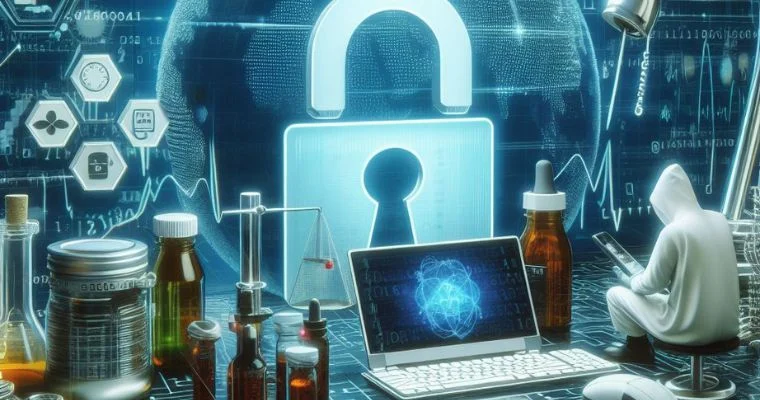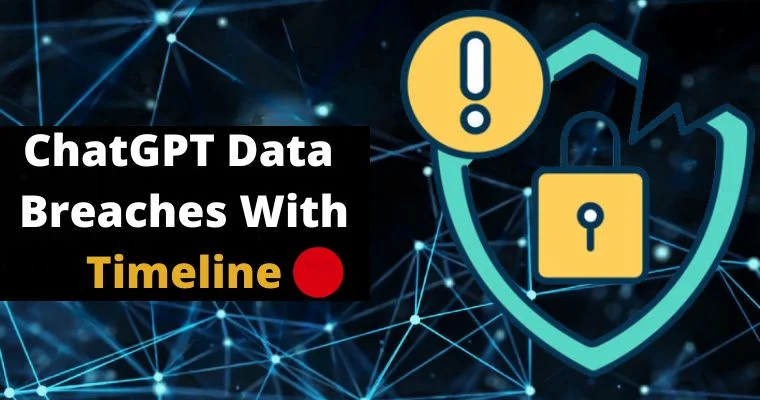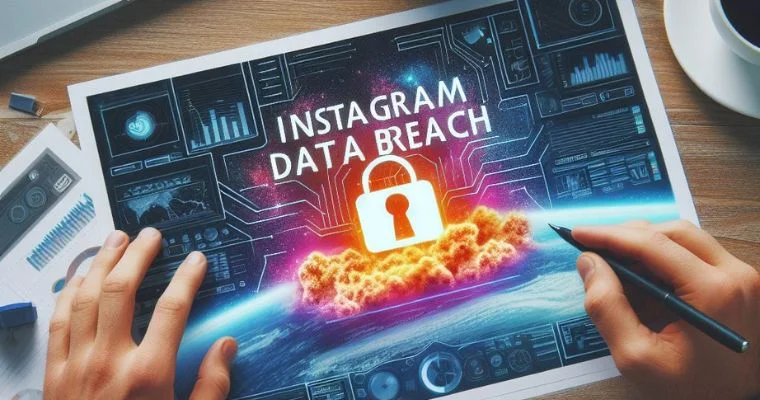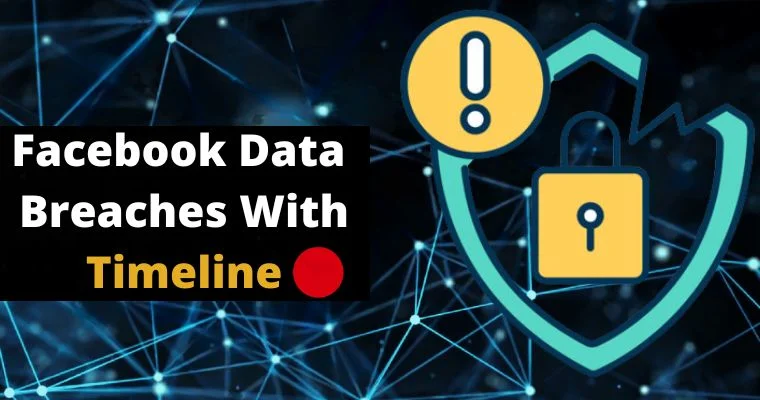The recent data breach at the Idaho National Laboratory (INL), a cornerstone of U.S. nuclear research, has shocked the whole scientific and security communities.
Over 45,000 individuals, including current and former employees, their families, and even interns, had their personal information exposed after hackers infiltrated the lab’s cloud-based HR system.
This incident lays bare the critical vulnerabilities within our nation’s critical infrastructure, raising questions about data security, cyber espionage, and the potential for wider ramifications.
Table of Contents
Idaho National Laboratory (INL) Data Breach
The breach affected current and former employees, interns, graduate fellows, post-doctoral researchers, retirees, dependents, and spouses of INL.
Only employees who began after June 1, 2023, were not impacted. Some individuals employed by the Idaho Cleanup Project between 2005 and mid-2006 may also be affected.
The breach targeted an outdated Oracle HCM system residing outside the lab’s secure network.
Hackers accessed sensitive personally identifiable information (PII) including names, social security numbers, salary information, and banking details for many individuals. Some individuals only had their names and dates of birth compromised.
The leaked data could be used to blackmail individuals with sensitive information, potentially impacting their careers and personal lives.
The involvement of national security and nuclear research adds another layer of complexity. Could this be a prelude to more sophisticated attacks aimed at disrupting critical infrastructure or stealing classified information?
A Shadowy Attack with Far-Reaching Ramifications
SiegedSec’s online declaration boasted of stealing a trove of sensitive information: names, dates of birth, social security numbers, salary details, and even banking data.
This wasn’t just random vandalism; it was a targeted attack on the heart of America’s nuclear infrastructure.
Panic and uncertainty gripped the thousands of INL employees, their families, and the wider community. The potential for identity theft, financial fraud, and even blackmail loomed large.
Official Confirmation and the Scope of the Damage
Initially tight-lipped, the INL confirmed the breach in December due to ongoing investigation, acknowledging the theft of sensitive data and the impact on over 45,000 individuals.
The attack targeted a cloud-based HR management system, exploiting a vulnerability for unauthorized access.
The extent of the damage is still being assessed, but initial findings reveal the exposure of a vast swathe of personal information, including payroll data for current and former employees.
A Flurry of Activity and Unanswered Questions
The Department of Energy, the FBI, and CISA launched investigations, while the INL scrambled to contain the damage and offer credit monitoring services.
The specter of compromised classified information hangs heavy, casting a shadow over the lab’s vital work. The breach raises critical questions about our nation’s cybersecurity posture:
- How could such a critical facility be vulnerable to a hacktivist group?
- What weaknesses exist in our digital infrastructure?
- How can we ensure the safety and security of sensitive data entrusted to organizations like the INL?
Lessons Learned: Securing the Atom and Beyond
The INL breach serves as a stark reminder of the vulnerabilities inherent in our increasingly interconnected world. Cloud-based systems, once heralded for their efficiency and accessibility, can become targets for malicious actors.
This incident underscores the need for robust data security protocols, regular vulnerability assessments, and employee training on cybersecurity best practices.
Furthermore, the attack highlights the importance of international cooperation in combating cyber threats. Sharing intelligence, developing coordinated responses, and investing in joint cybersecurity initiatives are crucial in deterring future attacks and protecting critical infrastructure.
A Stark Wake-Up Call and a Call to Action
The Idaho National Lab breach reminds us that no system is infallible, and even the most secure facilities are vulnerable.
It underscores the need for constant vigilance, a relentless pursuit of improved cybersecurity, and a demand for accountability to ensure the safety of our data and the integrity of our critical infrastructure.
Only then can we ensure that the atom continues to serve as a force for good, not a target for those who seek to exploit its power for nefarious purposes.




